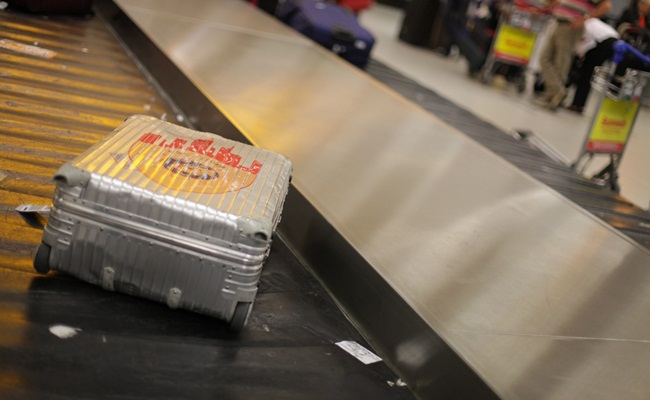Airlines are facing a significant infrastructure crisis due to a massively expanding demand. One of the solutions that have been introduced is E-tags.
Over the past decade, the number of people using aviation as a means of travel has been increasing far beyond what the industry was expecting. The infrastructure used in airports was not built to handle such huge numbers of passengers and their luggage.
The International Air Transport Association (AITA) is the trade association that represents around 290 of the world’s airlines (about 83% of air traffic worldwide). They have stated that there is an urgent need to address the potential infrastructure crisis that the industry is currently faced with. They are worried that the infrastructure isn’t growing fast enough to meet growing demands, and they have noted some worrying trends that are increasing costs. According to their reports, 7.8 billion people are expected to make use of air transport, and the industry is looking toward more innovative solutions to take on the challenge.
It all started with self-tagging and fully automated self-service bag drop-offs. In the past, passengers would wait in queue so that a check-in agent could print the bag tags and check the bags they packed into the baggage handling system (BHS). These new services have allowed passengers to take care of their own luggage, greatly reducing queueing times. Despite this, there is still a need for more effective solutions when it comes to handling luggage.
The Introduction of E-Tags
One potential solution that is being implemented in parts of the industry is electronic bag tags (E-tags). The first E-tag solution was presented by Air France – KLM in 2014. Since then, Lufthansa and EVA air have adopted the Rimowa Electronic Tag suitcase and started making them available to passengers. Although Lufthansa and Rimowa received an award for “Best Baggage Initiative” at the Future Travel Experience (FTE) conference which took place in Las Vegas, the technology is struggling to gain traction.
Interested in exploring the technology further, Lufthansa has also partnered with the company BagTag and has created reusable, electronic bag tags which replace traditional paper tags. These devices are attached to luggage with a mounting plate and screws. They have an e-paper display that can display all the data relevant to the luggage.
Users will be able to check-in using the airline’s smartphone app which will give them their bag tag and boarding pass. They can then connect to the E-tag via BlueTooth to transfer the luggage data to the device. The data is displayed by the E-tag which is the same size and shape as classical paper tags.
In short, electronic bag tags have greatly enhanced the efficiency with which airlines are able to process baggage. They also make things much easier for passengers and make the check-in process much less stressful, leaving more time to enjoy the online pokies NZ offers. This is just one of the many ways that the industry is trying to solve its baggage problem, but they are far from the kind of growth that needs to be happening in the infrastructure. There are, however, several new and promising solutions being introduced, including autonomous luggage transport robots.
Photo by Dimitri Karastelev on Unsplash














































































































































































































